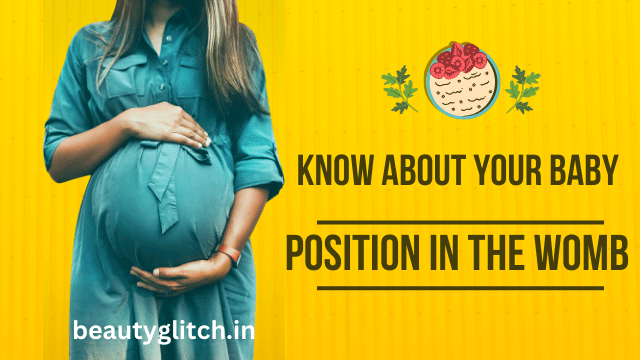When a baby is inside the womb, they change their position in different angles. A baby in the womb stays in different positions, but if you consult a doctor, they will tell you the head down stance us the proper one for the baby. If the fetus turns to bottom down, then it’s called the breech position, and the previous one is known as, OP or occipito-posterior.
When a baby is inside the womb, they change their position in different angles. A baby in the womb stays in different positions, but if you consult a doctor, they will tell you the head down stance us the proper one for the baby. If the fetus turns to bottom down, then it’s called the breech position, and the previous one is known as, OP or occipito-posterior.
However, the perfect one is the head down, where your fetus gets closer to the curve of your pelvic area. At the time of labor, your baby will curl his or her back and will tuck their chin onto their chest. You will be able to go through a smooth delivery if the baby is in that position, because, there will be pressure on the cervix and it opens up and helps the production of the hormone in a better way during the labor. If you are unaware of this scenario, then here the matter is covered for you.
When a baby is inside the womb, they change their position in different angles. A baby in the womb stays in different positions, but if you consult a doctor, they will tell you the head down stance us the proper one for the baby. If the fetus turns to bottom down, then it’s called the breech position, and the previous one is known as, OP or occipito-posterior.
However, the perfect one is the head down, where your fetus gets closer to the curve of your pelvic area. At the time of labor, your baby will curl his or her back and will tuck their chin onto their chest. You will be able to go through a smooth delivery if the baby is in that position, because, there will be pressure on the cervix and it opens up and helps the production of the hormone in a better way during the labor. If you are unaware of this scenario, then here the matter is covered for you.
The stage of pushing
If you want to know when does the baby turn, this happens when the pushing part comes. The baby moves through the pelvic area, which is done by an angle, and for this, the small part of the head appears first. You can experience the feeling by getting into a polo neck clothing, and you will understand the matter. When the baby has its head down, he or she reaches to the bottom of the pelvis, and it turns its head a little bit, thus that part can slide properly under the pelvic bone. As the child is born with the head sweeping alongside the vagina and the passage in the backside.
The benefits of it
- You will get quick and straightforward labor and birth as well.
- There are several benefits attached to this head-down position of the baby, such as,
- The labor gets induced and especially for the women who have to go through c-sections.
Back to back position
This is also another position of when is baby head down but in here the back of the baby’s head and it’s back, stays against your spine. It is also important to know that almost 1 in 10 babies have this position at the time of delivery. Most birth with this type happens through the vagina and it becomes too much difficult at the time of delivery, as the baby’s chin gets pushed up and not tucked in.
In the occipital-posterior position
This is also the position where you might feel the pain in the back, this is because the baby’s head rests on the spine. The labor for this can become slow and painful as well. Moreover, in so many cases the baby turns to anterior at the time of labor. In this period your baby gets to the bottom of the pelvic area, he or she needs to turn 180 degrees to get to their comfortable position. This position will take a while, and your baby might decide that they won’t turn at all.
If you want to know about the best position of the baby during the birth you can get an episiotomy and assistance during the labor. If this doesn’t work out properly then you must check for placenta previa.

